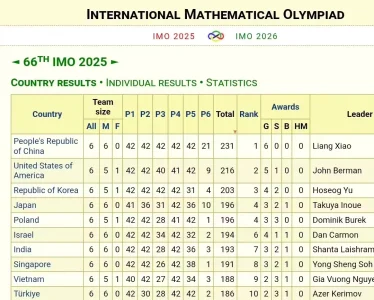BEIJING, July 18 (Xinhua) -- Chinese scientists have developed a novel method for the mass production of high-quality "golden semiconductor" indium selenide, opening a pathway for the manufacturing of a new generation of chips that perform better than current silicon-based technology.
The study, published online by Science on Friday, was conducted by researchers from Peking University and the Renmin University of China.
Integrated circuits are the core foundation of modern information technology. In recent years, as the performance of silicon-based chips has gradually approached its physical limits, the development of new high-performance, low-energy semiconductor materials has become a global focus in scientific research and development.
Indium selenide is known as a "golden semiconductor." However, its large-scale, high-quality preparation has long proved elusive, hindering its advancement toward widespread integrated applications.
The core challenge lies in the precise maintenance of the ideal 1:1 atomic ratio of indium and selenium during production, said Liu Kaihui, a professor at Peking University's School of Physics.
Using an innovative technology, the research team heated amorphous indium selenide film and solid indium under sealed conditions. The vaporized indium atoms formed an indium-rich liquid interface at the film's edge, gradually leading to the formation of high-quality indium selenide crystals with a regular atomic arrangement.
Liu said that this method ensures the correct atomic ratio of indium and selenium, and has overcome the critical bottleneck in the transition of indium selenide from laboratory research to engineering applications.
The team successfully produced indium selenide wafers with a diameter of 5 centimeters and constructed a large-scale array of high-performance transistors, which can be used directly in integrated chip devices, said Qiu Chengguang, a researcher at Peking University's School of Electronics.
Liu said that this breakthrough opens a new pathway for the development of next-generation, high-performance, low-power chips, which are expected to be applied widely in cutting-edge fields such as artificial intelligence, autonomous driving and smart terminals in the future.
Reviewers of Science have hailed this work as "an advancement in crystal growth."







